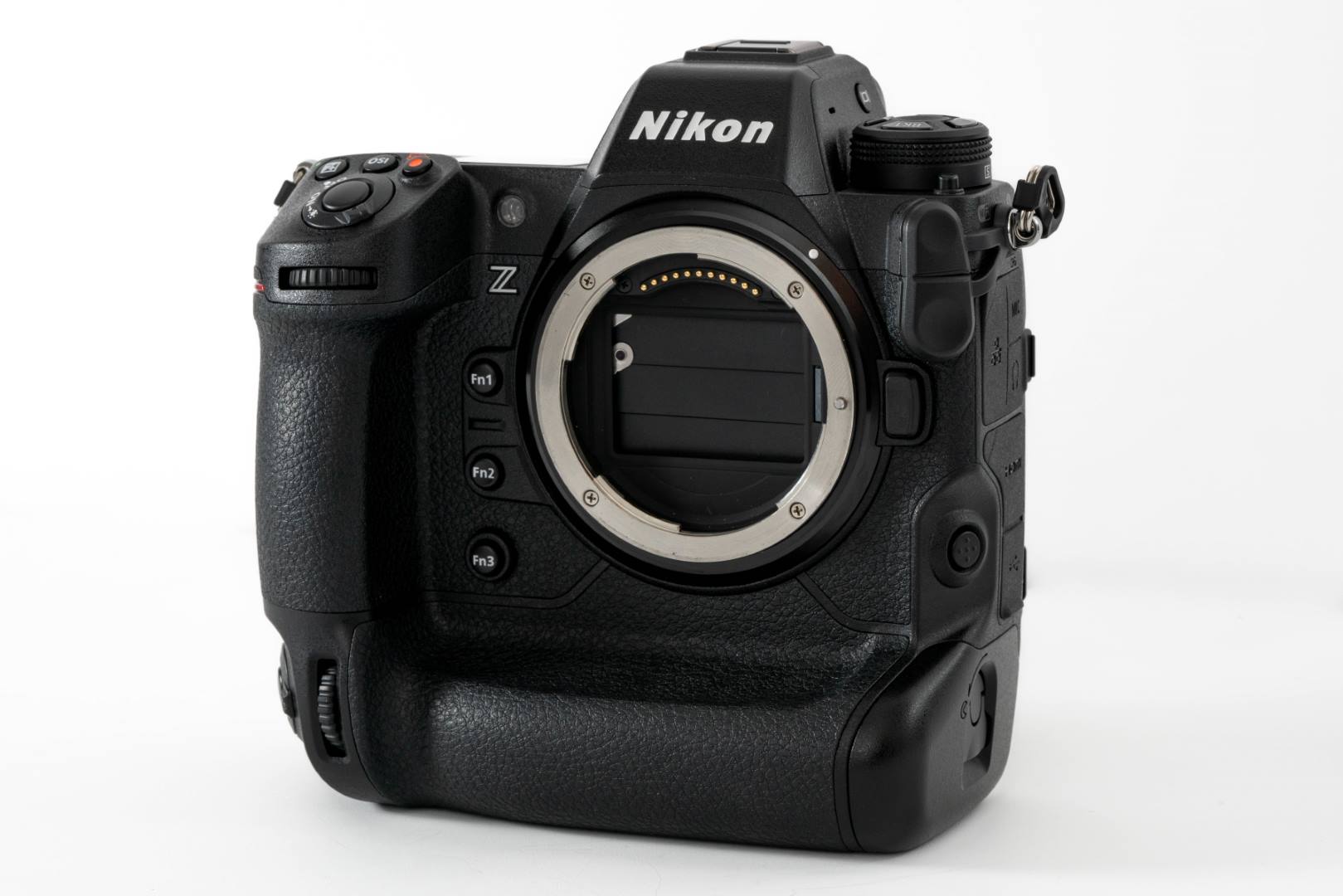Restoc
Well-known member
Does somebody found a proven source from Nikon or expert studies letting us know the real number of AF pixels implemented on the Z9 /Z8 sensors.
I speak and care about real AF pixels on the sensor, not about the 493 Focus Point selectable and displayed in the viewfinders.
The only source that i could find out is the study of Jimm Kasson as a side result of his dark level spectra study here
Jim Kasson has detected spikes every 12 raws lines as evidence of the PDAF pixels and i take it..
So a first question is what about columns ?
Or as a summary what is the matrix figures of AF pixels over the FF frame ? 12*12 , 12*12*1.5 or other ? This would drive to 220 000 up to 300 000 PDAF pixels .... As the D6 scene recognition probably ?
My question is coming from a reverse analysis :
-As a general ( lazy ?) understanding the AF of the Z9 is performed through the video bus and calculated ( with or without IA) using the View finder matrix ( XVGA definition) . With or without IA is not in the scope at this technology level :
The question is consequently : how a so accurate and repeatable focus accuracy at long distance can be achieved using a so low definition matrix ?
Per example when using 800 mm the tick sharp accuracy has to be inside the 3 cm DOF at 10 m. Pretty hard to achieve but it works nicely on the Z9.
My guess is that the final focus accuracy is given not by the AF video bus or viewer matrix but by a final ajustment back using the real AF pixels somewhere.
As Expeed has different input channels for Video, Raw and AF wires, my guess is that Exspeed 7 is not only using the Video bus and viewer matrix for the final positionning of the lens by uses in parallel the far better PDAF accuracy.
As far as i could understand on the Z9 only the Pin Point Focus is able to use elementary AF pixels . All other AF modes use groups of AF pixels including the Single AF point or 3D.
Any knowledge and thoughts warly welcome.
Claude.T
I speak and care about real AF pixels on the sensor, not about the 493 Focus Point selectable and displayed in the viewfinders.
The only source that i could find out is the study of Jimm Kasson as a side result of his dark level spectra study here
Jim Kasson has detected spikes every 12 raws lines as evidence of the PDAF pixels and i take it..
So a first question is what about columns ?
Or as a summary what is the matrix figures of AF pixels over the FF frame ? 12*12 , 12*12*1.5 or other ? This would drive to 220 000 up to 300 000 PDAF pixels .... As the D6 scene recognition probably ?
My question is coming from a reverse analysis :
-As a general ( lazy ?) understanding the AF of the Z9 is performed through the video bus and calculated ( with or without IA) using the View finder matrix ( XVGA definition) . With or without IA is not in the scope at this technology level :
The question is consequently : how a so accurate and repeatable focus accuracy at long distance can be achieved using a so low definition matrix ?
Per example when using 800 mm the tick sharp accuracy has to be inside the 3 cm DOF at 10 m. Pretty hard to achieve but it works nicely on the Z9.
My guess is that the final focus accuracy is given not by the AF video bus or viewer matrix but by a final ajustment back using the real AF pixels somewhere.
As Expeed has different input channels for Video, Raw and AF wires, my guess is that Exspeed 7 is not only using the Video bus and viewer matrix for the final positionning of the lens by uses in parallel the far better PDAF accuracy.
As far as i could understand on the Z9 only the Pin Point Focus is able to use elementary AF pixels . All other AF modes use groups of AF pixels including the Single AF point or 3D.
Any knowledge and thoughts warly welcome.
Claude.T

